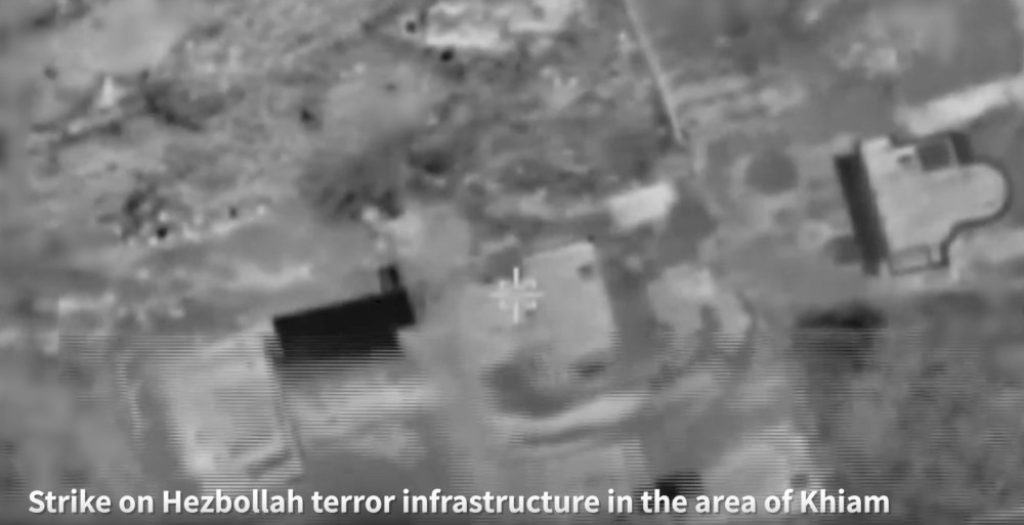
Hezbollah carried out a wave of rocket and drone attacks on Israel from Lebanon on July 20 and July 21. Sirens sounded in more than two dozen communities near the border. The attacks came as Israel’s conflict with the Iranian-backed Houthis in Yemen grew after a drone attack on Tel Aviv on July 19, which killed one person and injured 10. Israel retaliated on July 21 with a series of airstrikes on the Yemen port of Al Hudaydah and other targets.
Hezbollah, which Iran backs, did not say recently increased attacks on Israel were linked to the strikes in Yemen, but the escalation came as Yemen’s Houthis also vowed to continue attacks on Israel. Hezbollah claimed, via the pro-Iranian Al-Mayadeen media, that it had carried out wide-ranging attacks on numerous targets in northern Israel, including IDF sites at Zarit, Hanita, and Kibbutz Dafna. Hezbollah also claimed to target an IDF base at Ein Zeitim. Two IDF soldiers were wounded in the Golan due to a Hezbollah drone attack, and a school in Kibbutz Dafna was damaged. The school was empty, and no one was injured.
The northern front with Hezbollah is in focus because Israel’s strikes on Al Hudaydah in Yemen are seen as a message to the region in Israeli media and statements by Israeli officials. Israeli Defense Minister Yoav Gallant said on July 20, “The fire that is currently burning in Hodeidah is seen across the Middle East, and the significance is clear,” referring to a fuel fire set off in the port by the airstrikes.
“The Houthis attacked us over 200 times. The first time that they harmed an Israeli citizen, we struck them. And we will do this in any place where it may be required. The blood of Israeli citizens has a price. This has been made clear in Lebanon, in Gaza, in Yemen, and in other places —if they will dare to attack us, the result will be identical,” Gallant said. His reference to Lebanon could be an assertion that Hezbollah’s attacks will receive similarly significant responses in the future.
The IDF said on July 20 that it confronted 30 rockets fired at the Golan. “Some of the projectiles were intercepted by the IDF Aerial Defense Array and the rest fell in open areas. Israeli Fire and Rescue services are currently operating to extinguish several fires that broke out in the area as a result of the launches.” It also said 15 more rockets were fired later in the day at northern Galilee.
On July 21, the IDF said it struck a Hezbollah cell operating in Houla in Lebanon and carried out more retaliatory strikes later in the afternoon. “Earlier today, the IAF [Israeli Air Force] struck a Hezbollah missile launcher, an observation post, and terror infrastructure in the areas of Ayta ash Shab, Khiam and Yarine in southern Lebanon,” according to a statement. The retaliatory actions so far appear in line with the types of strikes Israel has carried out for nine months in response to Hezbollah.
While Hezbollah increased its attacks on the northern front, Hamas also continued small attacks in Gaza, and the Iranian-backed group Kataib Hezbollah put out a statement that it could increase attacks from Iraq while referencing the Israeli airstrikes on Yemen in its statement. This situation illustrates that the Houthis’ attack on Tel Aviv continues to be part of a broader, multi-front war against Israel by various Iranian proxies.







